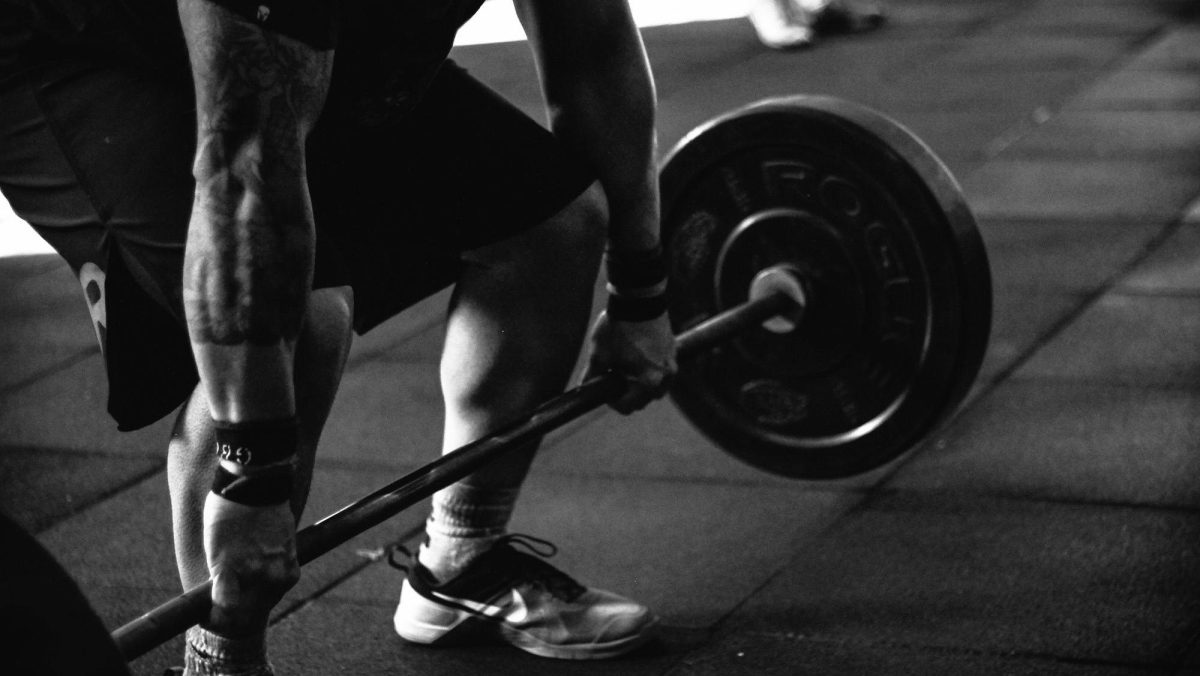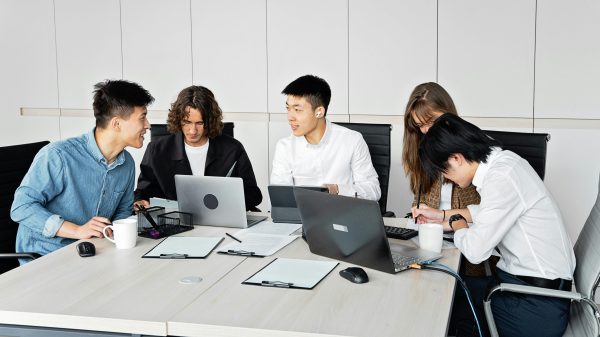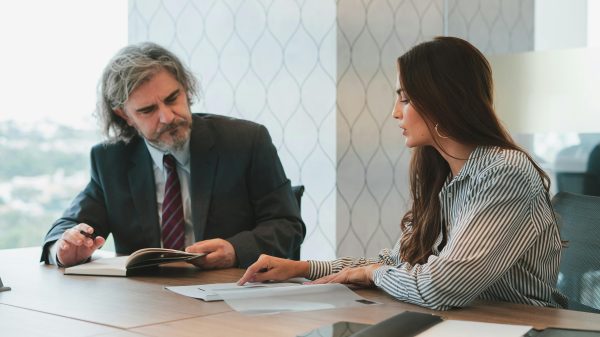The future isn’t what it used to be
The half-life of predictions has collapsed, five-year plans feel quaint, and ‘long-term’ now means next quarter. Yet paradoxically, thinking about the future has never been more valuable—not to predict it, but to prepare for multiple versions of it.But we’ve lost our ability to foresee the future because we’re carrying a backpack of our past and are biased by today’s developments. Both create a kind of mental cage when we think about the future—unlike children, who believe anything is possible! They have a super-strong “future muscle.”
The Future is Now: Why It Matters More Than Ever
In a world defined by exponential change, global crises, and increasing complexity, the ability to look beyond what’s in front of you is crucial. The COVID-19 pandemic is a prime example. Companies that relied only on short-term forecasts struggled to adapt. However, those that cultivated a culture of future-readiness were better able to adjust to the changed conditions and develop new business models. Actively engaging with the future empowers us to see challenges not as threats, but as opportunities. It helps us to act proactively instead of just reacting. An individual who considers the possible effects of AI on the job market can proactively seek further education and learn new skills.
Three approaches for your own future-readiness
- It’s all about probabilities! Analyzing data and trends helps you see changes early. This is especially useful for uncovering changes and influences outside of your own perspective. In a business context, for example, this could be developments in other markets that could also influence your own. A classic example is seeing changes directly from your customers, which can have an impact on many things. This phase helps you focus on what is most likely to happen.
- From the visible to the possible. Since we typically view visible developments subjectively and perceive them through our own thought patterns, this approach is about taking a perspective that goes beyond the obvious. Assumptions are consciously questioned, and you look for perspectives that don’t fit into your usual thought patterns. Diversity, as a great power, also pushes you beyond the obvious by actively seeking perspectives that challenge your worldview. The magic happens when you invite voices that make you uncomfortable: the Gen Z colleague who questions your entire business model, or someone from a different cultural background who asks “why is this the default?” These aren’t distractions, they’re signals from futures you haven’t imagined yet. An easy and helpful question here is “What if…?” For example, What if the internet, Stop for a day?
- Continuous adjustment strengthens the perception of the future. You continuously question your own assumptions and experiences. What happened or didn’t happen, and if so, how? What new insights have you gained? This process helps you stay flexible and quickly adapt to new situations. This reflection creates a cycle that prepares you to better master future challenges.
A Leading Approach: The UNESCO Framework
UNESCO is one of the most important organizations that works to promote “Future Literacy,” a well-known concept of future work. It has recognized that the ability to think about the future is a fundamental skill for dealing with global challenges. UNESCO promotes the concept in educational systems, governments, and companies. It argues that this ability helps people tackle the challenges of digitalization, climate change, and other complex problems. The UNESCO framework emphasizes the need to think of “futures” in the plural. There isn’t just one single, predetermined future, but a variety of possible futures that depend on today’s decisions. By looking at different scenarios, you can consciously shape the future you want. You can find more information about UNESCO here: UNESCO Futures Literacy
Easily integrate future-readiness into your daily life
Working with the future isn’t and shouldn’t remain an abstract theory. It’s a practical skill that everyone can train in their daily life. Here are some small exercises:
- Question your assumptions: Regularly ask yourself, “Why are we doing it this way?” By questioning routines and habits, you open yourself up to new ways of thinking.
- Look for “weak signals”: Pay attention to small, unusual developments. An unusual post on social media or a niche technology could be an early indicator of a big change. Once it’s an accident, two times a coincidence, three times it’s a pattern.
- Think in scenarios: Instead of focusing on a single forecast, create different scenarios: What if…? What’s the best-case scenario? The worst-case? What about the most unexpected one?
- Experiment: Try new things, even outside your comfort zone. Learn a new skill, read a book on a topic you’ve never been interested in, or talk to people who have completely different views than you do.
Developing your own future-readiness is a journey, not a destination. It’s the ability to deal with uncertainty and to actively shape the future. By developing this skill, you’re not only better prepared for the future but also able to actively and consciously help shape it. Future-readiness isn’t just built in workshops, it’s built through daily training. So let’s start training our future muscle!









